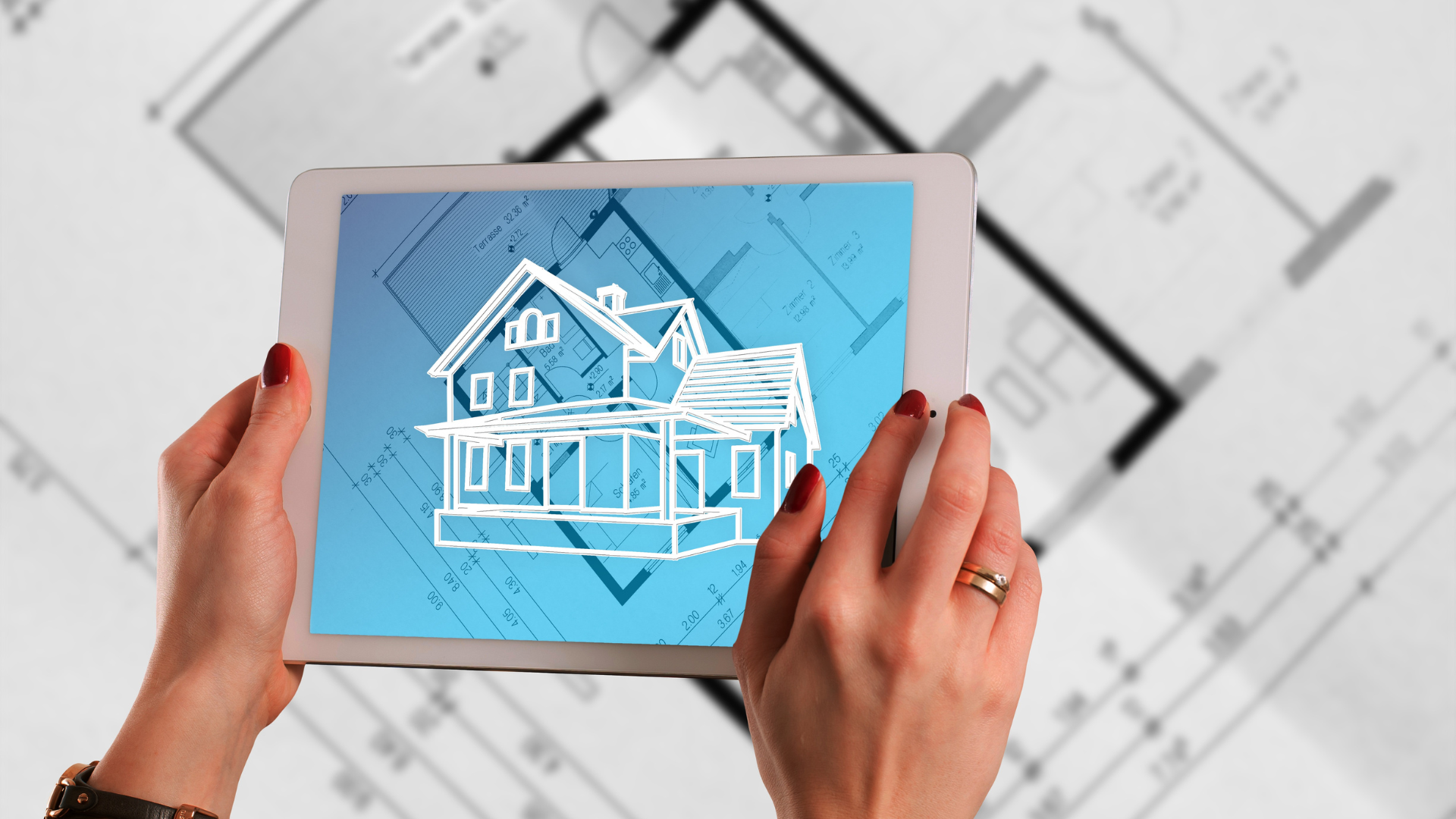Although construction other than most industries has been a bit slower to induce technologies within its sphere yet, the rate at which it has been adapting to it in this decade is remarkable. The industry is huge as it contributes more than 13% to the global GDP and is expected to reach a massive $14 trillion by 2025 and the numbers are a clear indication of the industries potential to reach higher numbers by technological inculcations. The pandemic without a doubt shattered economies and businesses alike yet, some industries progressed by innovations and modifications as per the needs of the time. A similar development can be said to have disrupted the construction industry as throughout the pandemic, the emergence of Construction technology or ConTech has drastically impacted the way we see this industry. As the real estate sector has seen the evolution of multiple tech enabled subsectors and inculcation of the likes of FinTech, ConTech is yet another domain growing fast and witnessing huge investments along with new tech startups to address the demand surging in the market.
ConTech is not limited to innovations in heavy machinery and building materials but various technologies like Artificial Intelligence, Virtual Reality, IoT are already changing the dynamics of the industry dramatically. Considering these technologies and other advancements in material sciences, the ConTech sector is emerging with the latest trends. Here are some technologies which are expected to impact the sector over the next few years.
- 3D Printing: Since the infancy of this technology, it has proven to be a game changer for all industries it can find a scope in. The power of 3D printing has quite recently been exploited in the construction industry as it has effectively reduced construction wastage and helped us address various environmental concerns associated with the industry. 3D printing in this domain involves use of machinery utilising materials recycled or otherwise that are laid layer by layer in a predetermined manner to build a structure that is highly durable and sustainable. Its applications are versatile as it helps build complex and highly customizable structures with assistance from efficient 3D design softwares like CAD (Computer Aided Design) or BIM (Building Information Modeling). Apart from being time efficient, the technology also reduces human intervention and the associated risks.
- Virtual Reality: Similar to 3D printing, Virtual Reality is finding scope in multiple industries right from gaming to real estate. It involves a computer generated 3D virtual experience for users allowing them to witness surroundings of an artificial space. Associated technologies together with VR are capable of providing a near to life experience for users to witness spaces simulated by high end softwares giving them a chance to view personal projects, workspaces, other establishments prior to the actual construction. The technology enables users to make necessary modifications and other customizations before the project is brought to life. The detailed and accurately rendered view of the project helps realtors to pitch better than ever. Moreover, the pandemic has also boosted the use of virtual reality as both prospects and real estate agents can have a walkthrough along the project remotely considering safety measures. All this makes the market even more appealing and dynamic considering how it eases business and saves a loads of time.
- Machine Learning: “Making construction smart”, that's what ML is all about. Being an integral part of Artificial Intelligence (AI), it involves use of sophisticated algorithms and softwares to reduce human interference and predict outcomes for a smarter construction industry. Machine Learning is assisting in improving design qualities of structures based on assessing people's interests along with analysing data regarding feasibility and commercial aspects of the design. ML also finds its applications to estimate and assess risks associated in the entire construction process beforehand and thus helping to develop a proactive and safer approach towards it. Also, ML is helping in increasing the life of a project manifold by predicting any or all forms of renovations or updates in the structure thus enhancing the overall efficiency.
The construction industry has always been considered to be an ever growing industry taking into account the rapid population growth and with such technological inductions, the industry is going through a major transformation and it’ll surely be intriguing to notice how much more the industry will revolutionise with time in all the possible profound ways.


